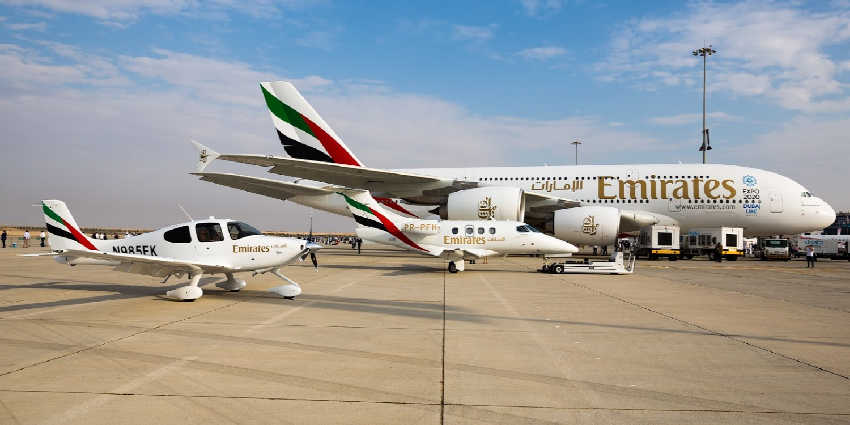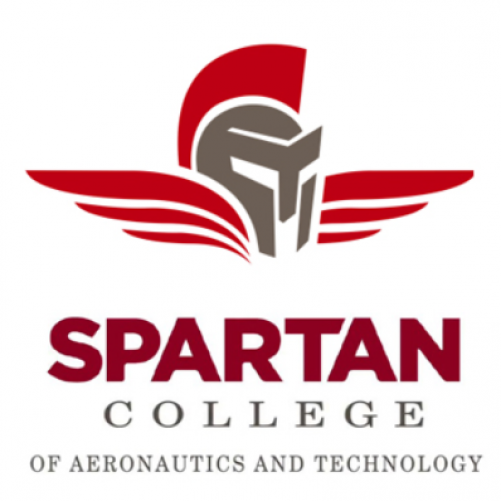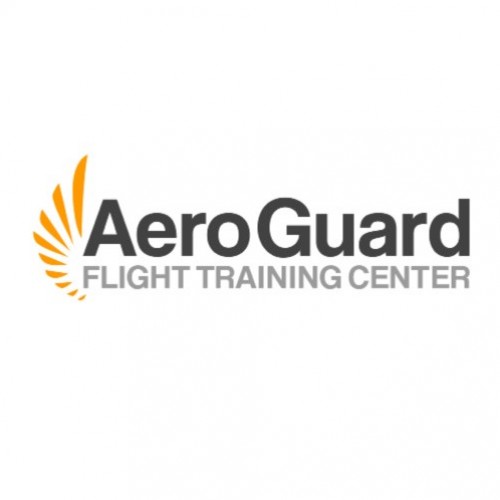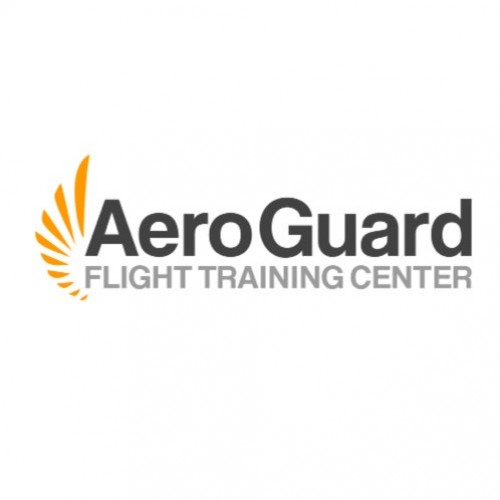For local resources,
choose a city page in Oklahoma:

Fixed Wing Flight Schools Oklahoma
Here, you can research fixed wing flight schools in Oklahoma with Part 141 training. What is a Part 141? Part 141 is an FAA approved training program that provides standardized and structured curricula (determined by the FAA) to give fixed wing student pilots in Oklahoma the best shot at professional career flying fixed wing aircraft.
Part 61 fixed wing flight schools in Oklahoma can be just as powerful, but is not approved by the FAA. Part 61 fixed wing flight schools are tailored to meet the student's particular needs (schedule and approach to training which is more flexible). Part 61 flight school programs are more suitable for the students with previous training experience, or one who needs a more flexible training schedule.
The top fixed wing flight schools in Oklahoma provide quality flight training under both Part 141 and Part 61. If it is a good school with a quality instructor, you will find that there is virtually no difference in the "quality" of instruction. Same instructors, same training, but at a different pace and time frame.
For more information about Part 141 and Part 61 flight training schools in Oklahoma, reach out to an ASO representative and receive the coaching necessary to choose the right training path for you.
Fixed Wing Flight Training: Part 141
Part 141 fixed wing flight training in Oklahoma is held to a more structured environment than Part 61 training programs. Part 141 is presented through an FAA approved syllabus for every course offered. The students in Oklahoma must pass a series of stage or progress checks to ensure the student is achieving the standards set forth by the FAA approved curriculum.
With the Part 141 fixed wing flight training, there is a required standard (training time) of ground school that is held to the same standards. Fixed wing flight training in Oklahoma are able to offer to fund for veterans who wish to use their VA educational benefits to pay for flight training. Part 141 usually will have more financing available for veterans when compared to Part 61 fixed wing flight training.
Fixed Wing Pilot Schools: Part 61
All Part 61 fixed wing pilot schools in Oklahoma are capable of training (under part 61) without the standards and inspections imposed by the FAA (Federal Aviation Administration). Training under part 61 can serve as a benefit to some students depending on their experience in aviation.
When it comes to finding a job flying fixed wing aircraft, please note that employers will evaluate your flight training. It does matter what school you attend. Call us for more info about the top Part 141 and Part 61 fixed wing pilot schools in Oklahoma.
FAA - A History of Fixed-Wing Structures Information for Oklahoma
There are five major stresses to which all aircraft are subjected: Bending. Bending stress is a combination of compression and tension. The rod in Figure 1-14E has been shortened (compressed) on the inside of the bend and stretched on the outside of the bend. A single member of the structure may be subjected to a combination of stresses. In most cases, the structural members are designed to carry end loads rather than side loads. They are designed to be subjected to tension or compression rather than bending.
Aviation Facts - High-Speed Aerodynamics
Listed below are a range of conditions that are encountered by aircraft as their designed speed increases. Subsonic conditions occur for Mach numbers less than one (100–350 mph). For the lowest subsonic conditions, compressibility can be ignored. As the speed of the object approaches the speed of sound, the flight Mach number is nearly equal to one, M = 1 (350–760 mph), and the flow is said to be transonic. At some locations on the object, the local speed of air exceeds the speed of sound. Compressibility effects are most important in transonic flows and lead to the early belief in a sound barrier. Flight faster than sound was thought to be impossible. In fact, the sound barrier was only an increase in the drag near sonic conditions because of compressibility effects. Because of the high drag associated with compressibility effects, aircraft are not operated in cruise conditions near Mach 1. Supersonic conditions occur for numbers greater than Mach 1, but less than Mach 3 (760–2,280mph). Compressibility effects of gas are important in the design of supersonic aircraft because of the shockwaves that are generated by the surface of the object. For high supersonic speeds, between Mach 3 and Mach 5 (2,280–3,600 mph), aerodynamic heating becomes a very important factor in aircraft design. For speeds greater than Mach 5, the flow is said to be hypersonic. At these speeds, some of the energy of the object now goes into exciting the chemical bonds which hold together the nitrogen and oxygen molecules of the air. At hypersonic speeds, the chemistry of the air must be considered when determining forces on the object. When the space shuttle re-enters the atmosphere at high hypersonic speeds, close to Mach 25, the heated air becomes an ionized plasma of gas, and the spacecraft must be insulated ted from the extremely high temperatures.


